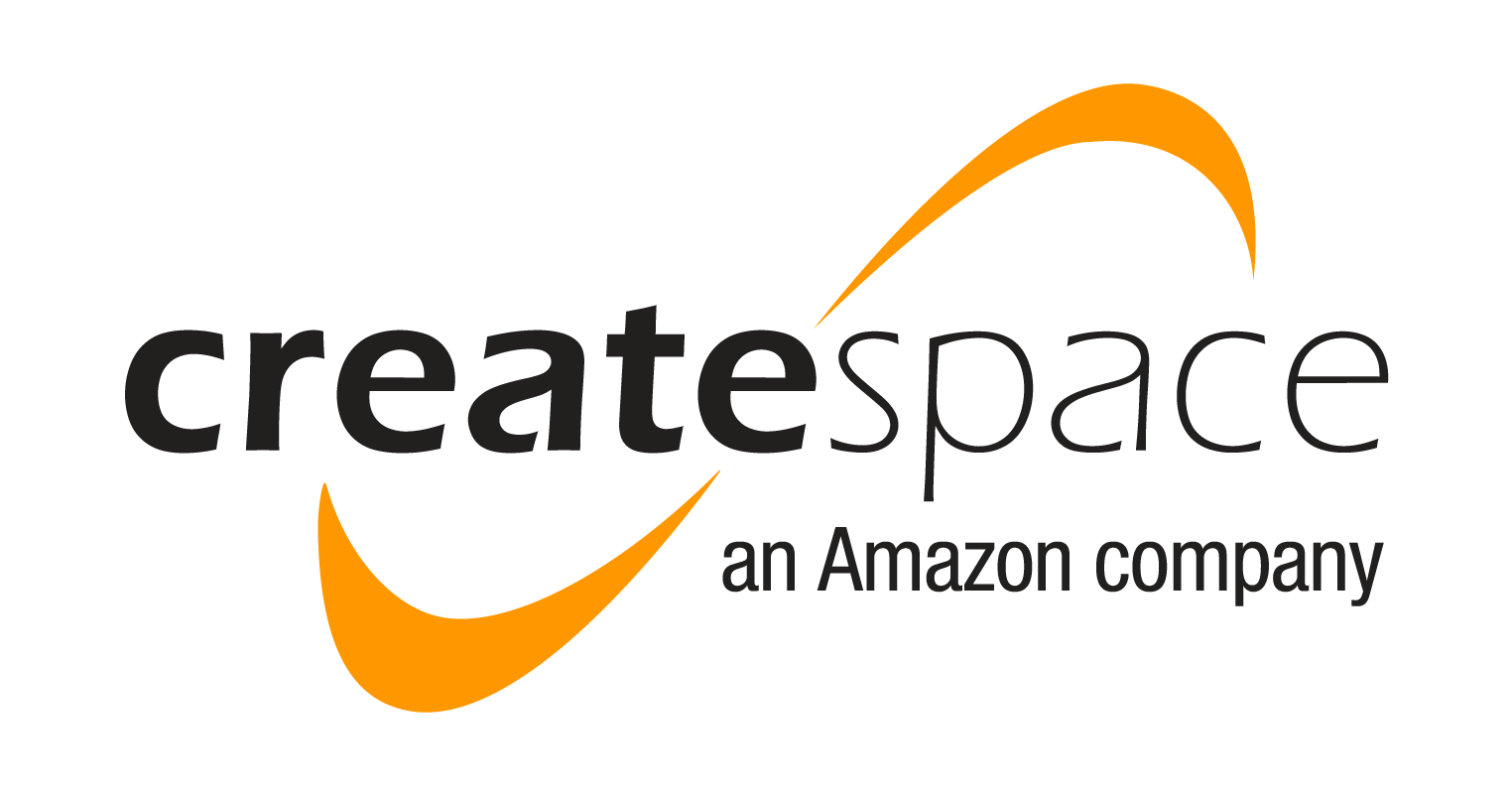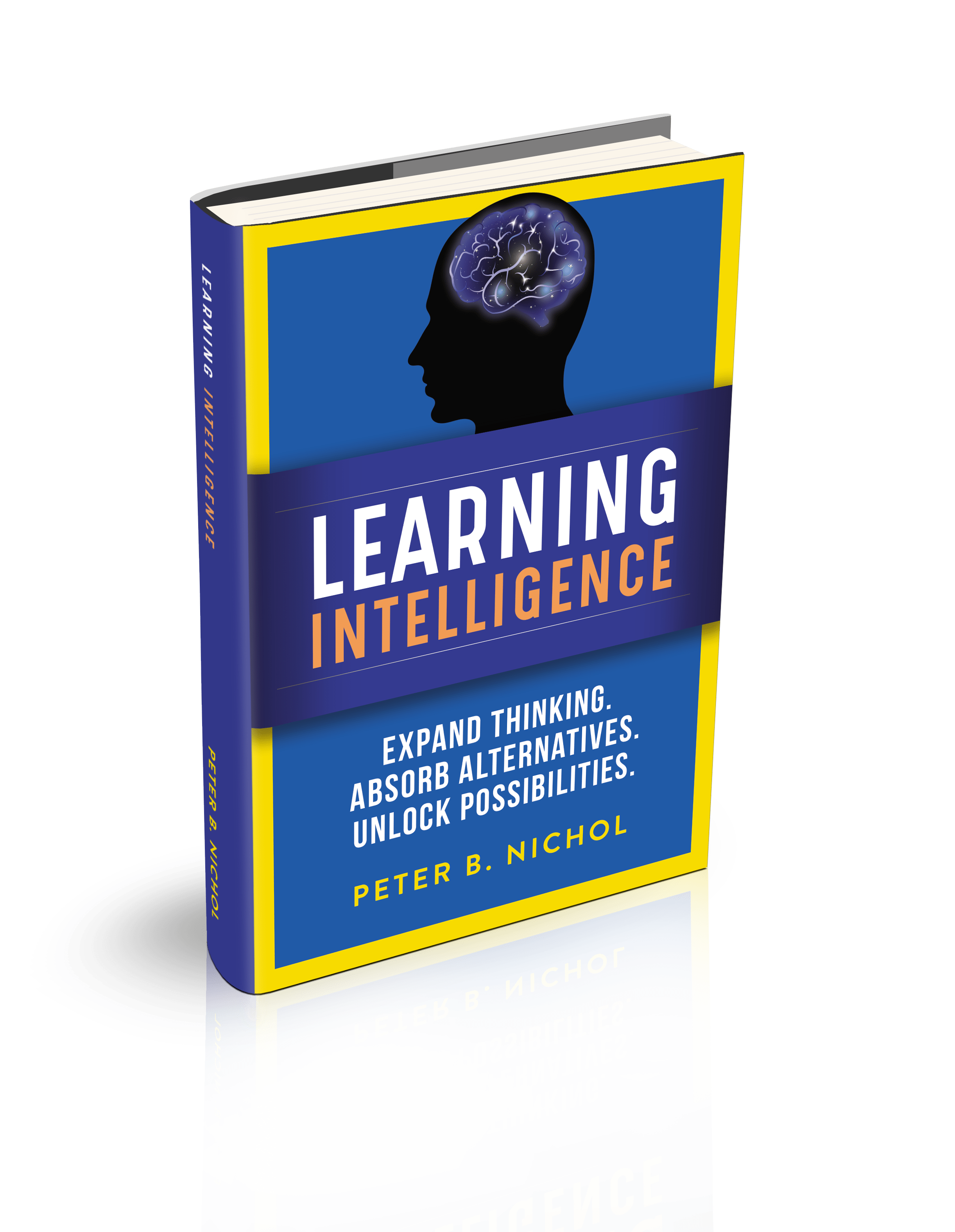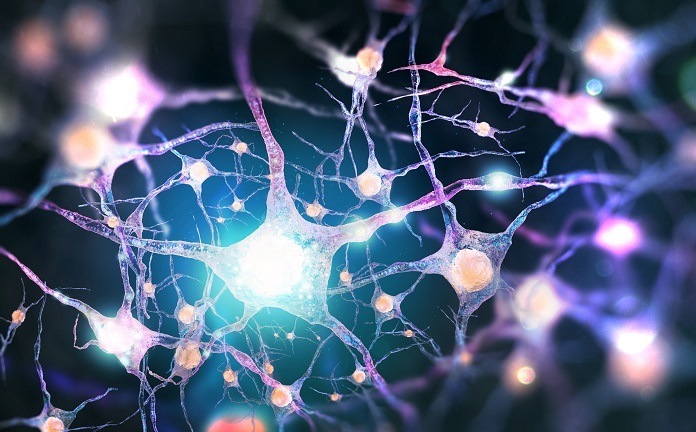Every company is talking about analytics, but only a handful have a simple data analytics strategy.
Big-data analytics, actionable insights, and powerful outcomes are the de facto expectations for data-analytics programs. Is your data strategy aligned to deliver those results?
Organizations are seeking sophisticated analytical techniques and tools to gain more profound insights into how they can capitalize on the blue ocean of data analytics. Listen this week at your office and you’ll undoubtedly hear whisperings about harnessing the power of analytics. It might not be called data management or big-data analytics, and the questions might be more subtle, such as:
- How do we discover new insights into our products?
- Which operational capabilities will deliver the highest ROI?
- How do we leverage our data to generate better strategies and execute with improved confidence?
Managers and leaders alike are searching for approaches to tap into the value of big-data analytics. What exactly is a big-data analytics strategy?
A comprehensive data analysis foundation
Set the frame mentally of the building blocks of a world-class data-analytics program. It doesn’t need to be perfect. Identify the critical components that make up a data-analytics foundation:
- Presentation layer: where the dashboards and workflows live
- Big–data processing and analytics layer: the base for pattern matching, mining, predictive modeling, classification engines, and optimization
- Data-storage and management layer: relational data systems, scalable NoSQL data storage, and cloud-based storage
- Data-connection layer: data sensing, data extraction, and data integration
The analytics framework can also be segmented into four phases: descriptive, diagnostic, predictive, and prescriptive. The descriptive phase defines what happened. The diagnostic phase determines why it happened. The predictive phase forecasts what will happen. The prescriptive phase identifies what action to take. Together, these phases help leaders classify the types of questions they’re receiving. These can also highlight capability deficiencies.
Big-data analytics frameworks
Frameworks—in data analytics—provide an essential supporting structure for building ideas and delivering the full value of big-data analytics.
Does it matter whether your framework is bulletproof? No, it doesn’t. It’s important that the framework provide a set of guiding principles to ground thinking. Establishing common principles prevents revisiting the same topics.
Think of a data-analytics framework as an ontological approach to big-data analytics. There’s one framework that’s particularly useful—the annual Big Data Analytics World Championships for Business and Enterprise—which stresses the following:
- Practical concepts: predict future outcomes, understand risk and uncertainty, embrace complexity, identify the unusual, think big
- Functions: decide, acquire, analyze, organize, create, and communicate
- Analytics applications: business insights, sentiment analysis, risk modeling, marketing-campaign analysis, cross-selling, data integration, price optimization, performance optimization, recommendation engines, fraud detection, customer-experience analytics, customer-churn analytics, stratified sampling, geo/location-based analysis, inventory management, and network analysis
- Skills and technical understanding: data mining, statistics, machine learning, software engineering, Hadoop, MapReduce, HBase, Hive, Pig, Python, C/C+, SQL, computational linear algebra, metrics analysis, and analytics tools (SAS, R, MATLAB)
- Machine learning: machine-learning tools, supervised learning, Monte Carlo techniques, text mining, NLP, text analysis, clustering techniques, tagging, and regression analysis
- Programming: Python basics, R basics, R setup, vectors, variables, factors, expressions, arrays, lists, and IBM SPSS
- Data visualization: histogram, treemap, scatter plot, list charts, spatial charters, survey plots, decision trees, data exploration in R, and multivariate and bivariate analyses
- Fundamentals: matrices and linear algebra, relationship algebra, DB basics, OLAP, CAP theorem, tabular data, data frames and series, multidimensional data models, ETL, and reporting vs. BI vs. analytics
- Data techniques: data fusion, data integration, transformation and enrichment, data discovery, data formats, data sources and acquisition, unbiased estimators, data scrubbing, normalization, and handling missing values
- Big data: Setup Hadoop (IBM, Cloudera, Hortonworks), data replication principles, name and data nodes, Hadoop components, MapReduce fundamentals, Cassandra, and MongoDB
- Statistics: ANOVA, Skewness, continuous distributions (normal, Poisson, Gaussian), random variables, Bayes theorem, probability distributions, percentiles and outliers, histograms, and exploratory data analysis
Use these eleven lenses to define your data-analytics strategy. Unfortunately, the framework won’t replace a great leader who understands how to execute these programs successfully. It will, however, help steer the conversations in the right direction.
If your team is less familiar with the principles of big-data analytics, use these questions as a guide:
- Practical concepts: What future outcomes do we want to predict?
- Functions: Do we have a methodology or process to mature data-analytical requests?
- Analytics applications: Which insights are we seeking to generate?
- Skills and technical understanding: What skills and competencies are critical for producing new organizational insights?
- Machine learning: Which business capabilities would benefit from enhanced machine-learned capabilities?
- Programming: What are the most important technical programming skills to mature within the organization?
- Data visualization: Which visual representations lead to the best decisions?
- Fundamentals: What layer has the greatest potential for transformation—how we make decisions involving presentation, big-data processing, data storage, or the data-connection layer?
- Data techniques: Which data transformation techniques are essential to move us from data to information?
- Big data: Based on our business architecture, which technology components are foundational to providing intelligent data analytics?
- Statistics: How do we envision data being categorized and analyzed?
Making your data strategy actionable
There are thousands of ways to develop a big-data program but only one method to measure success: Did we achieve the outcomes desired?
Leveraging top-down and bottom-up interaction models helps to lock in value and prevent leakage. Use the below categories to group ideas in your process of forming an actionable plan. Once this exercise is complete, place each interaction on the y-axis.
- Overarching strategy: defines the value and categories of results
- Tactics: articulates how value will be created
- Measurement plan: identifies program success metrics, KPIs, and tracking mechanisms for tracking to the plan
- Analytics: captures predictive modeling to forecast experiments—largely to perform correlation analysis—leading to specific actions
- Optimization opportunities: maximizes investments for the agenda with the highest probability to achieve the greatest outcome
hen list the three-tiered approach against the x-axis:
- Quick wins: under 30 days
- Intermediate wins: 31 to 90 days
- Long-term wins: greater than 90 days
The result is a graphical view of your data strategy. This approach will help your team generate ideas and determine a general sequence of delivery, weighted by the idea that will most significantly impact the organization.
The secret of successful big-data analytics programs
Different stakeholders will be using your organization’s data for different reasons. Perspectives matter. Data analytics are changing the way company decisions are being made. Data engineering, domain expertise, and statistics each can play a role in the discipline of data science for your organization. Understanding concepts such as mathematical techniques is increasingly more important to extract the maximum information from large data sets. Roles we hired for—even two years ago—don’t have the raw skills required to communicate the salient features of data succinctly.
Using a combination of “big” data and “little” data creates the foundation for quick wins. Sure, after reading an entire book on a particular subject you’d gain more insights, but often even reading a chapter or two can offer substantial perspectives. Start small with little data and build strategically to achieve big-data analytics success.











